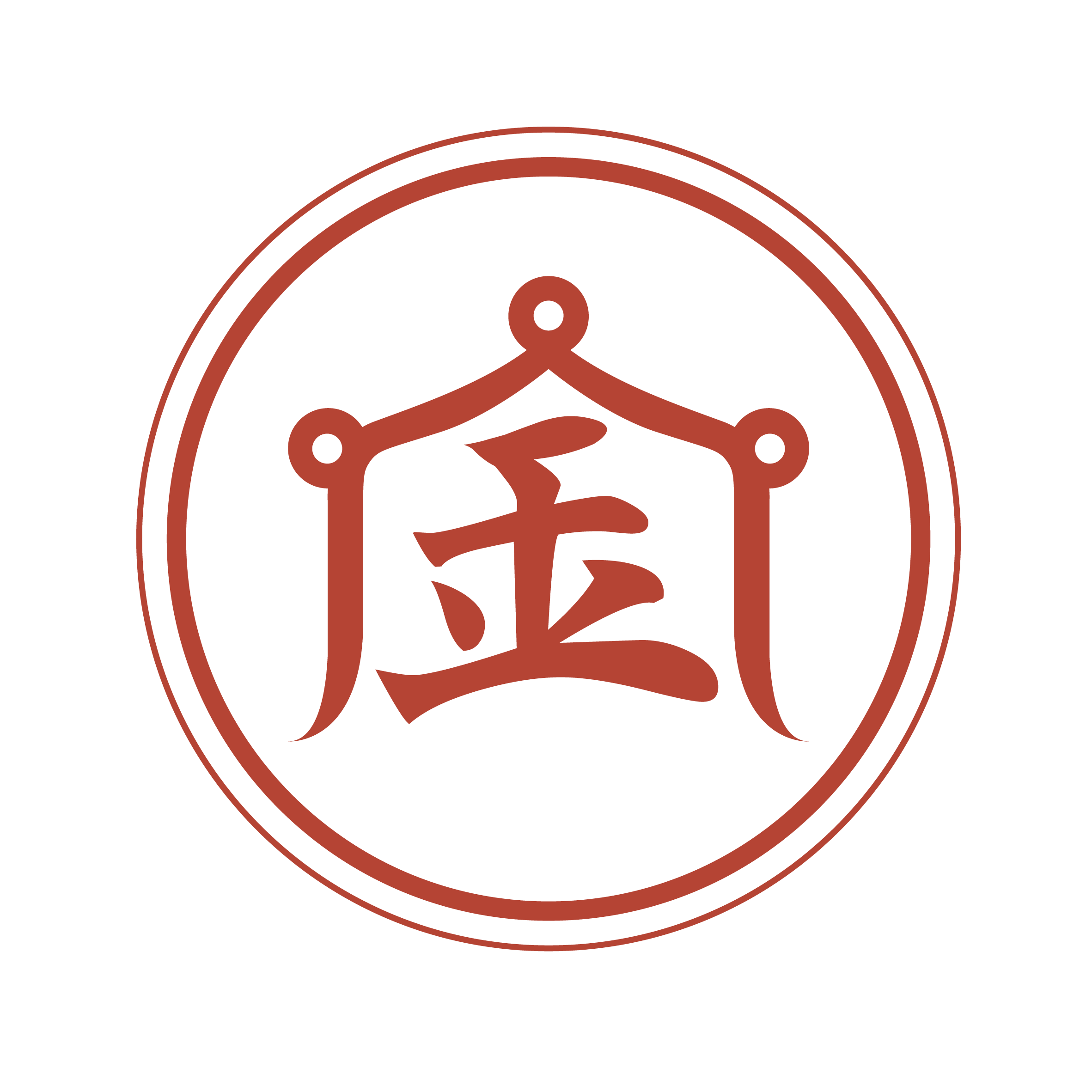Designer: 何汶燦 蕭家麒 謝孟軒
Incorporating mahjong history and Chinese culture. Zheng he's voyages to the West are the main axis. The back is presented with ship symbols, and the navigation charts drawn by Zheng He during his voyages to the Western Seas are used as the tablecloth to bring out the huge sailing fleet in the vast ocean. The chips are used as Yong Le Tong Bao, an ancient coin of the Ming Dynasty, which echoes the currency used by Zheng He's fleet in southeast Asia during his voyages to the Western Seas. The plate ruler uses four symbols, which are famous in Chinese culture, to symbolize four directions.
The emotional connection between Mahjong and Social Culture
From east to west. Mahjong was introduced to western countries in the early 20th century. It became an exotic game, and many books were published on it.
Mahjong has become one of the representatives of Chinese traditional culture. It has something to do with China's ancient spiritual culture. Due to the characteristics and opportunities of mahjong, always and "gambling" from the relationship, easy to indulge, play frustrated. This also makes mahjong is despised by the world, and gambling on the equal sign. Where there are Chinese, there is always the sound of mahjong shuffling. Popularity is not in direct proportion to what is originally recorded. The word mahjong often appears in Chinese literature. Until now is more as a film, the drama of the subject. In recent years, it has become more widespread. Mahjong did not become popular all over the world overnight. There must be a cultural implication. Therefore, this work attempts to show the mahjong game in the social culture and emotional pulsation.
Create in a retro style. Combined with the long history of mahjong "Zheng He voyages". The traditional Chinese bonding adhesive "lacquer" is combined with copper-zinc alloy and imperial rosewood. By virtue of the oxidizing properties of metals, the emotional traces of the user are left on the object.
